![]()
The supermoon lit up the skies this week, peaking on Wednesday when it appeared 30% bigger and brighter than usual.
Also known as the Buck Moon, July’s full Moon gets its name from early Native Americans because male deer shed and regrow their antlers around this time of year.
The last supermoon was on June 14 and was called the “Strawberry Moon” because it was around strawberry harvest time.
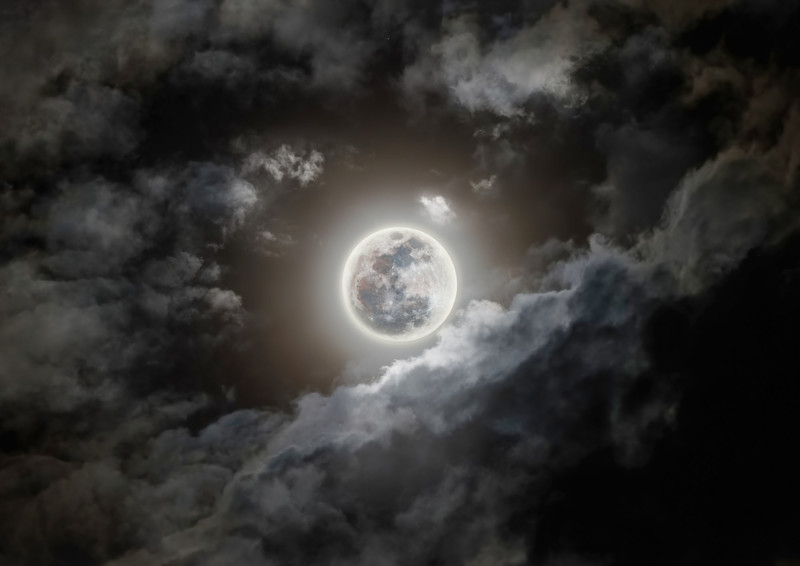
Andrew McCarthy used two telescopes and two cameras to capture the Buck Supermoon as it shone through the clouds over Florence, Arizona on Wednesday.
Talented astrophotographer McCarthy recently recreated Hubble telescope’s “Pillars of Creation” using a $500 telescope, versus Hubble’s $16 billion space telescope, with truly astonishing results.
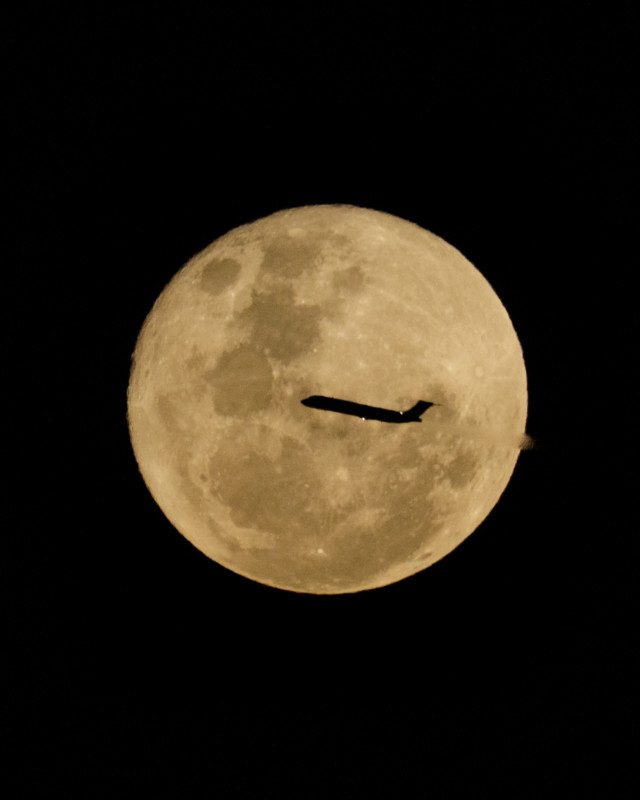
Photographer David Jenkins captured a flypast in front of the Buck Moon from near his home in Canberra, Australia. Jenkins says it was cloudy, but the sky cleared just as the Moon was 99.8 percent full.
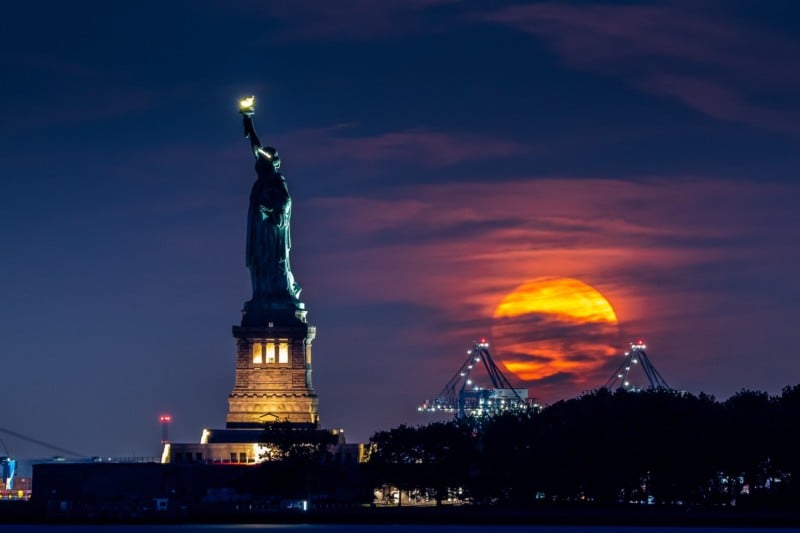
Dan Martland captured these fiery shots of Lady Liberty in New York with his Sony Alpha 1.
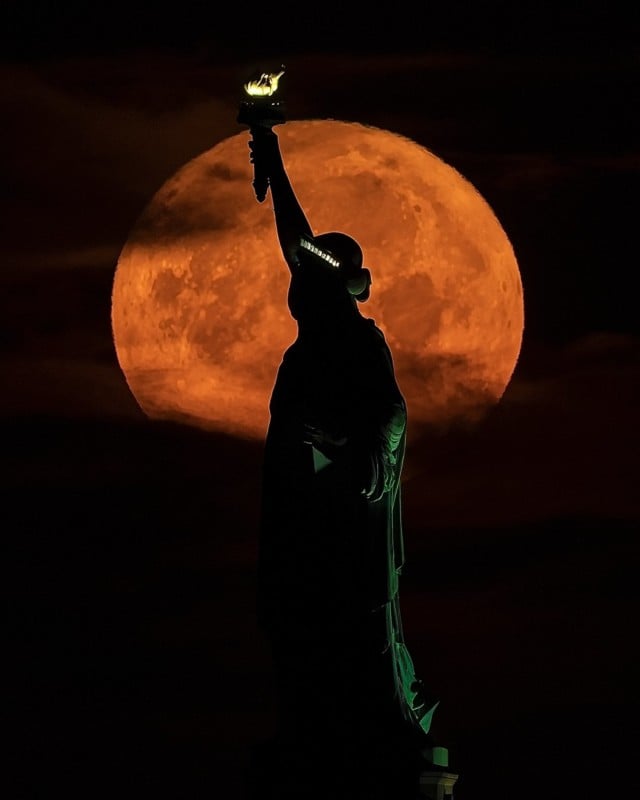
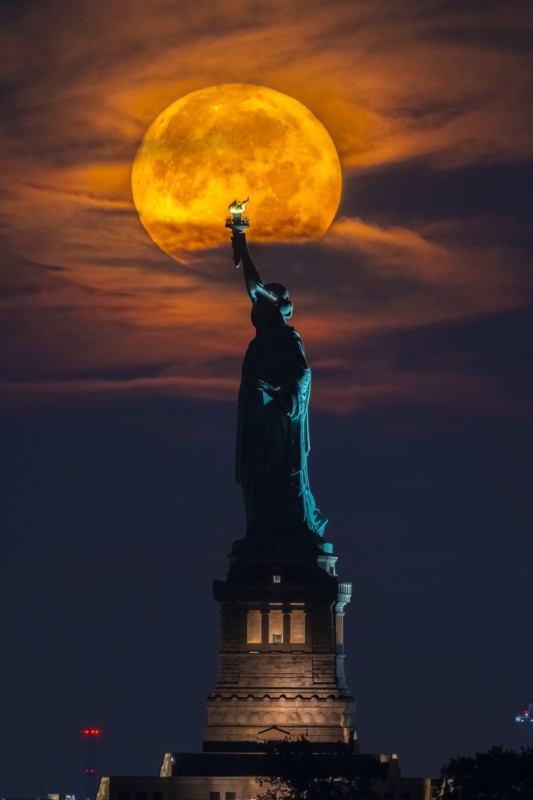
From packed city to the prairies, Herry, captured a serene setting of the supermoon rising in Pense, Saskatchewan, Canada.
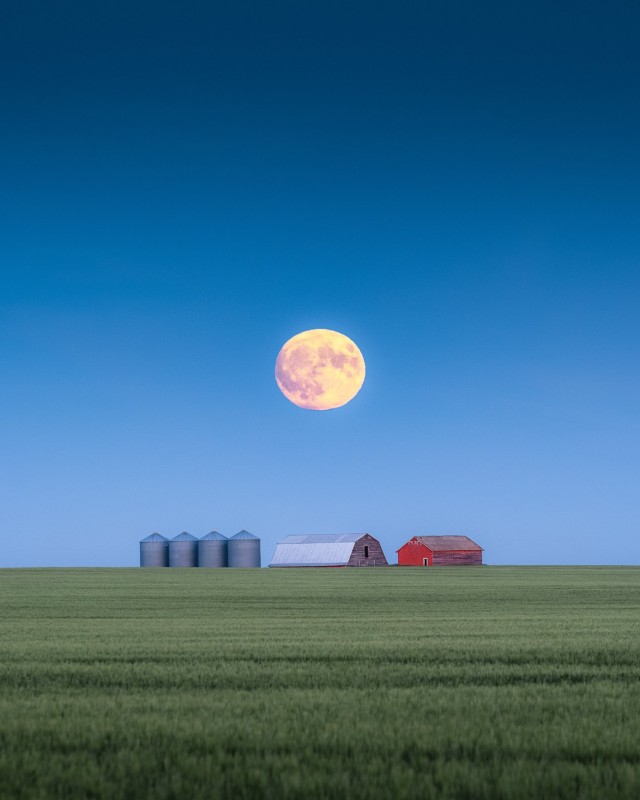
Amateur astrophortographer Jaume Zapata snatched the Buck Moon in perfect clarity close to Barcelona, Spain.
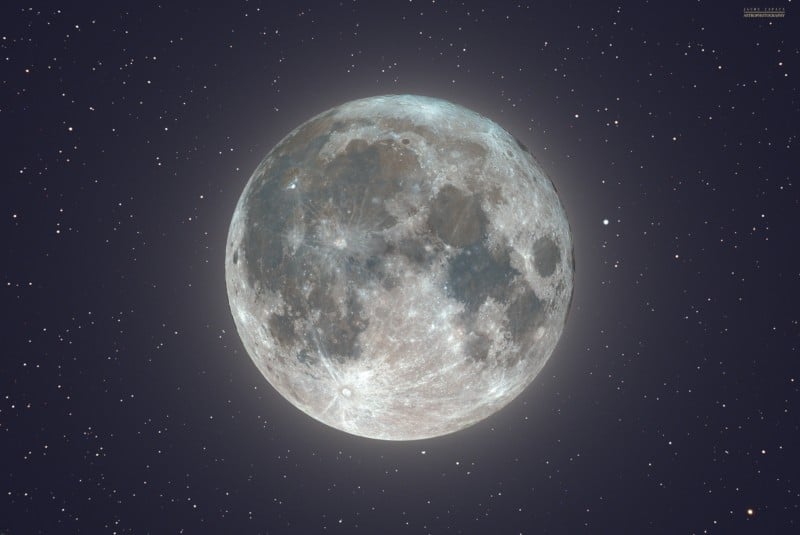
Last night was gorgeous in #Seattle. The #sunset and the #moonrise all in a 25 sec video ICYMI. #buckmoon #supermoon #tahoma pic.twitter.com/MZiHZZ9RMO
— Sigma Sreedharan (She/Her) | Seattle (@sigmas) July 13, 2022
Photographer Sigma Sreddharan posted a magnificent moonrise timelapse of the city of Seattle. Edited down to 34 seconds, and with Mount Rainier visible, the Buck Moon looks remarkably bright in the evening sky.
What is a Supermoon?
Supermoons occur because the Moon orbits the Earth on an elliptical path, rather than a circular one.
This means there is a point in its 29.5-day orbit where it is closest to the Earth, known as the perigee, and it passes this point during a full Moon at certain times of the year.
A full Moon at perigee appears 14 percent larger due to being closer to us, and only 30 percent brighter than an apogee full Moon — the point when it is furthest away.
A supermoon is also only about seven percent larger and 15 percent brighter than an average full Moon.
Some parts of the scientific community, including NASA, use the supermoon definition set by astrologer Richard Nolle, who, in 1979, classed it as a full Moon that comes within 90 percent of its perigee — the closest point to Earth in its orbit.
The average distance of the Moon from the Earth is 238,855 miles, but in its perigee, it is only 222,089 miles away.
The next full Moon will be on August 11 and is also likely to be classed as a supermoon. August’s full Moon is known as the “Sturgeon Moon” because the giant, prehistoric-looking sturgeon fish of the Great Lakes and Lake Champlain were most readily caught during this part of summer.
Author: Matt Growcoot
Source: Petapixel



